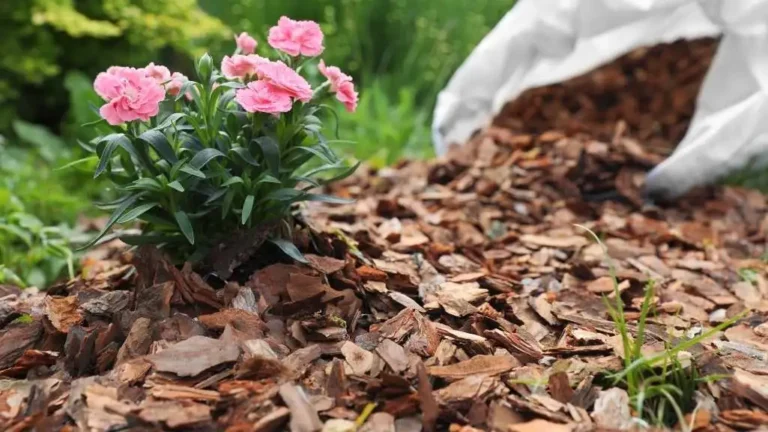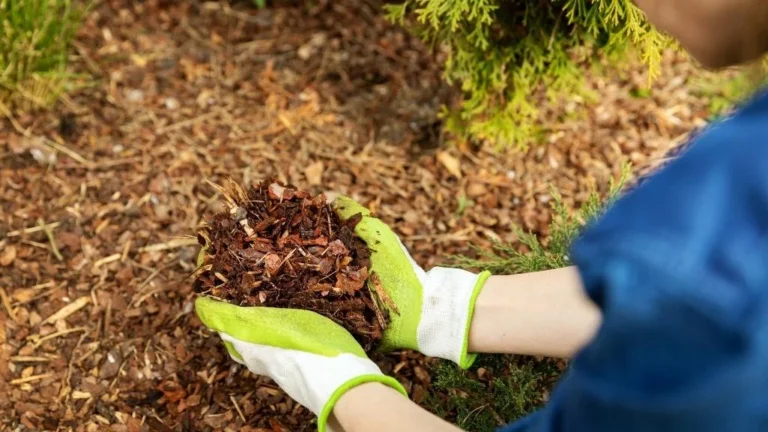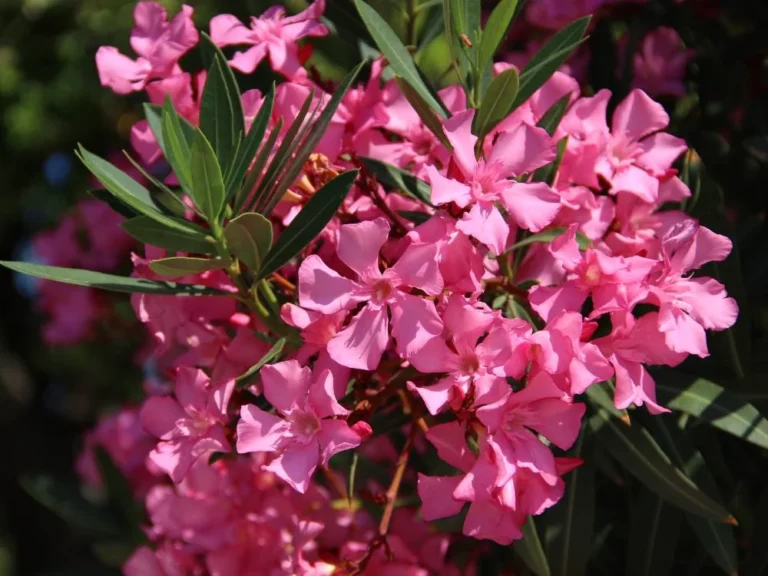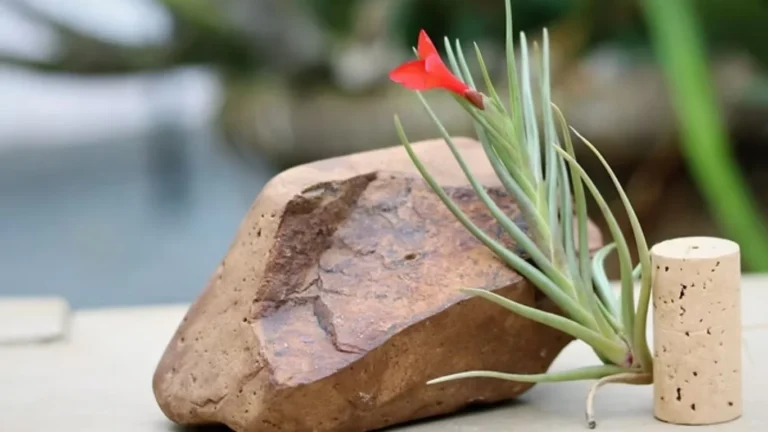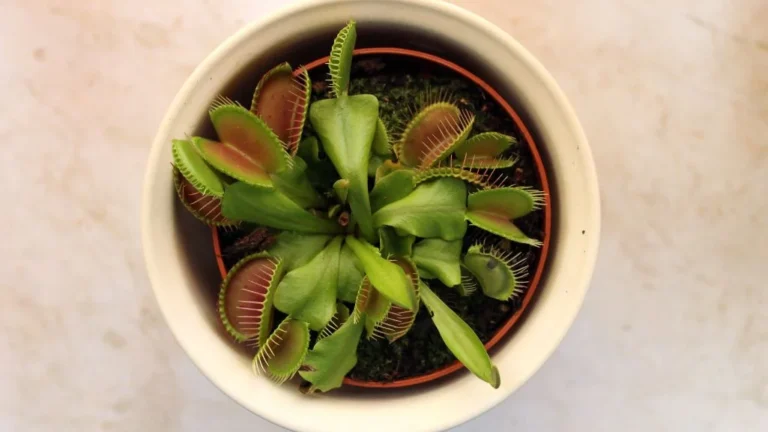Snake Plant, At a Glance
|
Scientific name |
Dracaena trifasciata |
|
Family |
Asparagus |
|
Native |
West and West Central Africa |
|
Hardiness Zone |
USDA 9 to 11 |
|
Blooming |
Rarely |
Caution: Snake plant is toxic to pets if ingested.
How Snake Plant Looks
Leaves
Snake plants have dark green, tall, sword-shaped, waxy textured leaves. In the case of variegation, a light white or yellowish texture can be seen among the green with yellow stripes around the leaves.
Height
This plant can grow up to 6 feet in the right environment. In an indoor environment, it grows between 2 to 5 feet. Some variegated snake plants, such as bird nest snake plants, have shorter leaves.
Types of Snake Plant
Snake plant has different varieties. Some commonly seen snake plants are Sansevieria Laurentii, Golden Hahnii (Birds Nest snake plant), Twisted Sister, Black Coral, Black Robusta, Futura Superba, Black Dragon, Black Jack, Sansevieria Moonshine (Bantel’s Sensation), Sansevieria Whitney, Sansevieria boncellensis, Sansevieria Cylindrica,Dracaena Stuckyi.
Snake Plant Requirements
Requirements for snake plant at a glance
|
Elements |
Requirement |
|
Light |
Low -bright sunlight |
|
Temperature |
60°F to 75°F |
|
Humidity |
40-60% |
|
Soil pH |
6.0-7.0 |
|
Soil mixture |
Well drained |
|
Container |
Container with drainage hole |
|
Water |
When the soil dries out |
|
Fertilizer |
Once in a 3 to 4 months |
Note: The soil pH level indicates how acidic or neutral the soil is. On a scale of 1 to 10, with 7 indicating neutrality, a pH value less than 7 indicates acidity, while a value greater than 7 indicates alkalinity. Snake plants can adapt to acidic soil.
Mix the Soil Properly
A well-drained soil is necessary for a snake plant to avoid waterlogging and promote healthy growth. I prepare potting mix for a snake plant combining-
- 40% gardening soil,
- 10% compost (to ensure nutritional value),
- 25% coarse sand, and
- 25% perlite or vermiculite (to enhance aeration and insulation in the potting mix).
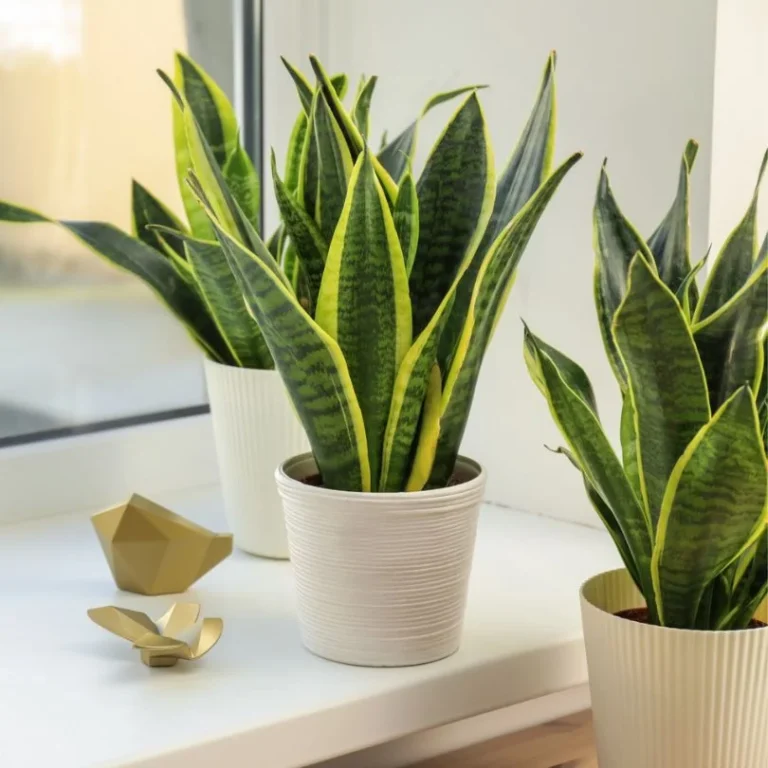

Choose the Right Container
The Snake plant require a good drainage system. Therefore, containers are made of clay, terracotta, and plastic can be used for snake plants. Clay and terracotta pots excel in moisture regulation and aeration. So, I recommend using a clay or terracotta pot, as snake plants don’t like too much moisture in the soil. On the contrary, plastic pots retain moisture, so checking the moisture level before watering is necessary. Always choose a container with drainage holes; otherwise, a waterlog can kill the plant. If you want to keep your plant in a decorative pot, I suggest putting it in a regular nursery pot and then placing it in the decorative pot.
How Much Sunlight Snake Plants Need
Snake plants can survive in low, medium, bright, or direct sunlight and filtered light. This plant can also tolerate direct sunlight but avoid keeping it in direct sunlight for too long during hot summers, which can burn the leaves. To make a snake plant thrive and bloom, keep it in a bright place. If the plant is kept in low light conditions, its growth will be slower, and its water requirement will also be lower. If the plant is in a room where it hardly gets any light, try moving it into sunlight for a few days and then place it back in its original location.
When & How to Water
Snake plants don’t require much water. They are succulent and store water in their leaves to avoid overwatering. The best way to water them is to let the soil dry before watering. Generally, snake plants require water once every two to three weeks. Like other houseplants, the water requirement for it increases in summer and reduces in winter. On the other hand, if your plant gets bright light throughout the day, its water requirement is higher than the plant kept in a place with low light. When watering, keep pouring until the water doesn’t come out of the drainage holes. Water the soil 2-3 times to ensure every part of the root system absorbs water. Don’t water above the leaves; this may cause a fungal attack on the leaves.
Bottom watering is an excellent process for watering snake plants. Fill a water bowl and keep the plant in the water for at least 30 minutes. The plant will absorb water according to its necessity. After finishing the process, keep the plant dry so that excess water can be drained out.
Fertilizer for Snake Plants
Snake plants do not require too much fertilizer. If the plant has just been repotted, it will not need fertilizer for the next 9-10 months. Otherwise, nitrogen-based water-soluble fertilizer or any fertilizer used for cacti and succulents can be given quarterly. Avoid winter and fall for fertilizing.
When and How to Repot
Repotting means changing the plant’s existing container. Generally, repotting is done after buying a new plant, in case of root-binding, or when the current potting mix is too old to provide sufficient nutrition. In the case of a snake plant, repotting is done every 1.5-2 years when the roots become too bound, and there is no soil around it.
Guidelines for Re-potting
- After buying a new snake plant, wait for some days before repotting. Let the plant adjust to the new environment.
- Repot the plant during summer or spring. Avoid winter and fall to re-pot any houseplant.
- The container must be 2-3 inches larger than the current root size.
- Prepare a well-drained potting mix according to what was mentioned earlier.
- While repotting, gently remove the plant from the existing container with soil. Pulling the plant without soil is strictly not recommended.
- Inspect the roots for rot or fungal diseases before putting the plant in the new container.
- Now, put the plant with the old soil around its root into the new container and fill it with a new potting mix. Gently press the soil to eliminate any air pockets and ensure the root ball is firmly secured.
- Pour an optimal amount of water immediately after repotting (pour water until it comes out of the drainage hole).
- After repotting, keep the plant in a stable environment and avoid putting fertilizer on it.
- After 10-14 days, the plant is ready for regular care.

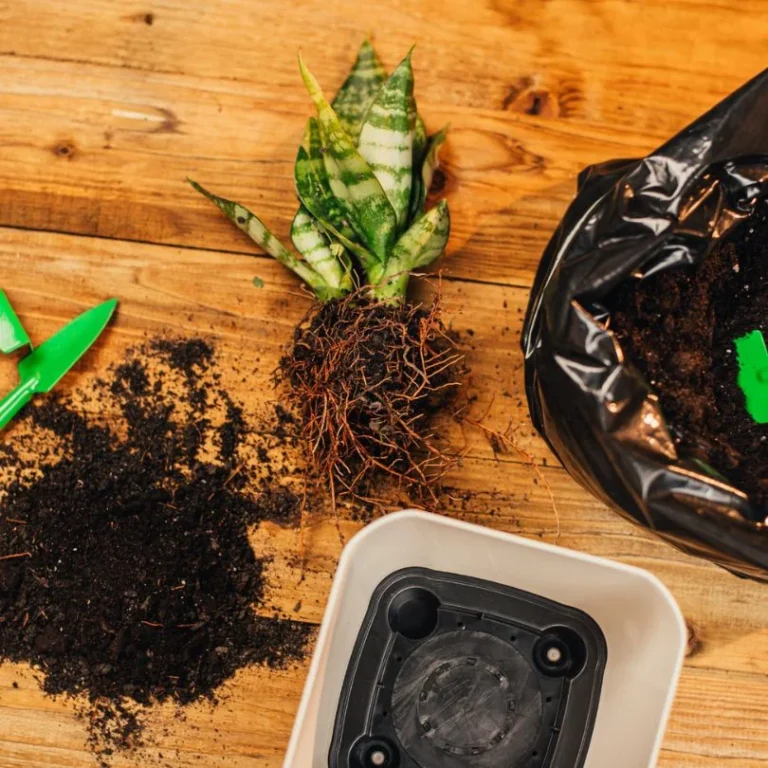
Prune to Thrive
Snake plant requires pruning to remove dead or diseased leaves or get a cutting for propagation. Summer and spring are the best time for pruning as these seasons are growing periods. Use a sharp, sterilized blade or scissors for pruning. Make sure to make a clean cut. Don’t make uneven cuts or try to tear off the leaf. This may damage the plant, and from that, cutting propagation is not possible.
Protect Snake Plants from Pest
Snake plant is a strong plant when it comes to pests. But it can be attacked by pests in poor conditions. The common pests that may attack the plant are mealybugs, spider mites, scale insects, and fungus gnats. To prevent any pest or disease, inspect the plant regularly and wipe the leaves from top to bottom.
Things to do when you see any pests:
- Immediately separate the plant from other plants.
- Spray a tiny amount of neem oil mixed with water or soapy water to eliminate mealybugs and spider mites.
- Remove the pests using a soft, damp cotton fabric.
- In the case of fungus gnats, repot the snake plant. A mixture of 3% hydrogen peroxide diluted with water at a ratio of 1:4 can effectively eliminate fungus gnats.
Dealing with Other Common Issues
Burned leaves, yellow leaves, leaf dropping, and root rotting are common issues in snake plants.
- Leaf dropping occurs due to underwatering. If the leaves of the snake plants are dropping and getting soft, it means the plant is thirsty.
- If one or two plant leaves drop, the plant needs light. Transfer the plant to a bright light area, and after reviving it, keep it in its old place.
- Yellow leaves are a sign of overwatering. If the plant’s young or new leaves seem yellow or brown, it means it has been overwatered.
Propagation of Snake Plant
Snake plant propagation is an exciting process. It is also a lengthy process for someone like me who keeps counting the days for the stems to come out. Snake plants can be propagated from cuttings and division of the pups.
Leaf Cutting
Leaf-cutting is mainly used in propagation for green-colored snake plants. This process does not work for variegated snake plants. If you propagate a variegated snake plant by this process, it will likely lose its variegation.
Water Propagation
- First, take a sharp knife or a pair of scissors and sterilize it with rubbing alcohol.
- Choose a healthy stem and piece it in height of 2-3 inches. Mark the bottom of the leaf after every cut so that the bottom part is easily recognized, and for flat leaf variety, cut it in a reversed V shape.
- In the case of water propagation, tap water is used to submerge the cutting in an angular position in water. Change the water every seven days, or the cutting may rot.
- Put the plant in a bright, indirect light position.
- Roots will be visible within 45 days, and after establishing the roots, put the cutting into a well-drained potting mix.
Soil propagation
- First, take a sharp knife or a pair of scissors and sterilize it with rubbing alcohol.
- Choose a healthy stem from the mother snake plant and piece it in height of 2-3 inches. Mark the bottom of the leaf after every cut so that the bottom part is easily recognized, and for flat leaf variety, cut it in a reversed V shape.
- Prepare potting mix using equal amounts of coco peat, perlite, and sand.
- After preparing the potting mix, place the cutting into the soil.
- keep the soil moist and provide indirect bright light.
- Roots will be visible within 80-90 days.
- Once the roots are established, the new snake plant saplings are ready for transplanting into a well-drained potting mix.
Division of the Pups
Here, division comes as the leaf-cutting process is not recommended for variegated ones. From this process, an identical variegated snake plant can be propagated.
- Choose a snake plant that has rooted and produced pups or babies.
- Now, gently remove the plant from the container and find the root connection between the pup and the mother plant.
- Then separate the plant from its mother plant. If needed, a sterilized blade or scissors can be used.
- Put the pup in a soil mixture made with coco peat, sand, and perlite, and put the mother plant back into its container.
- Make sure the pup fits into the new pot and put the pot in bright, indirect light condition.
- Once the roots have matured, the plant should be potted in the perfect soil mixture for the snake plant.

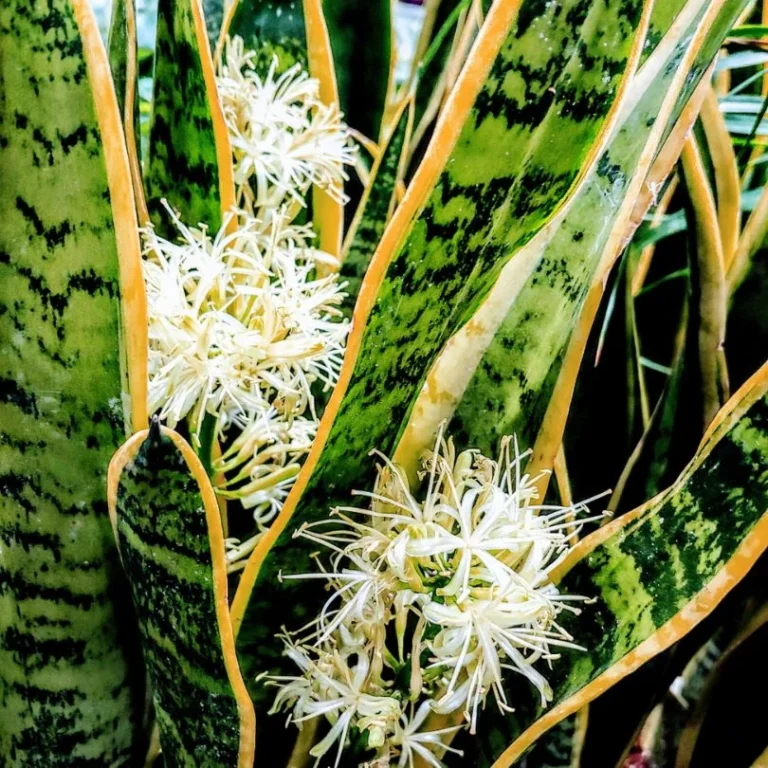
Tips for Snake Plant
- Don’t re-pot too frequently. Snake plants develop their roots first, and then leaf growth is visible. So, keep the plant in a smaller pot for quick development.
- Maintain a watering routine. Don’t water it on and off. Try to water the plant every 15-20 days.
- Snake plants survive in low light, but putting them in a bright light condition is essential for better growth. In bright light, it also blooms beautiful white flowers.
- Loosen the upper part of the soil for good aeration and prevention from different diseases.
Frequently Asked Question
What are the benefits of snake plants?
Snake plants have numerous benefits. They clean the air by removing harmful chemicals like formaldehyde, xylene, and benzene. They also produce oxygen at night and add moisture to the air, improving humidity levels.
Are snake plants toxic to cats?
Yes, snake plants are toxic to cats. If ingested, they can cause nausea, vomiting, and diarrhea. If you have cats, keeping snake plants out of their reach is best.
How large does a snake plant grow?
Snake plants can grow quite large, with some varieties reaching up to 3-4 feet indoors. They can grow even taller in ideal outdoor conditions, sometimes up to 6 feet (180 cm).



